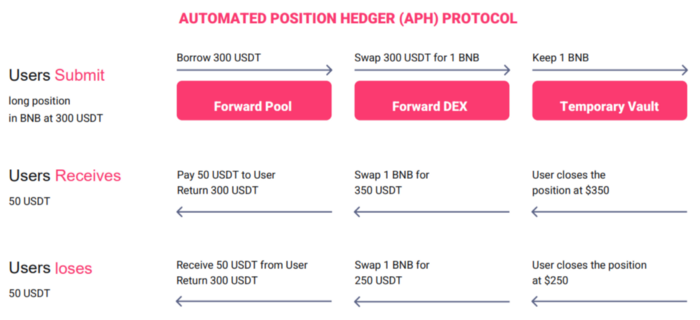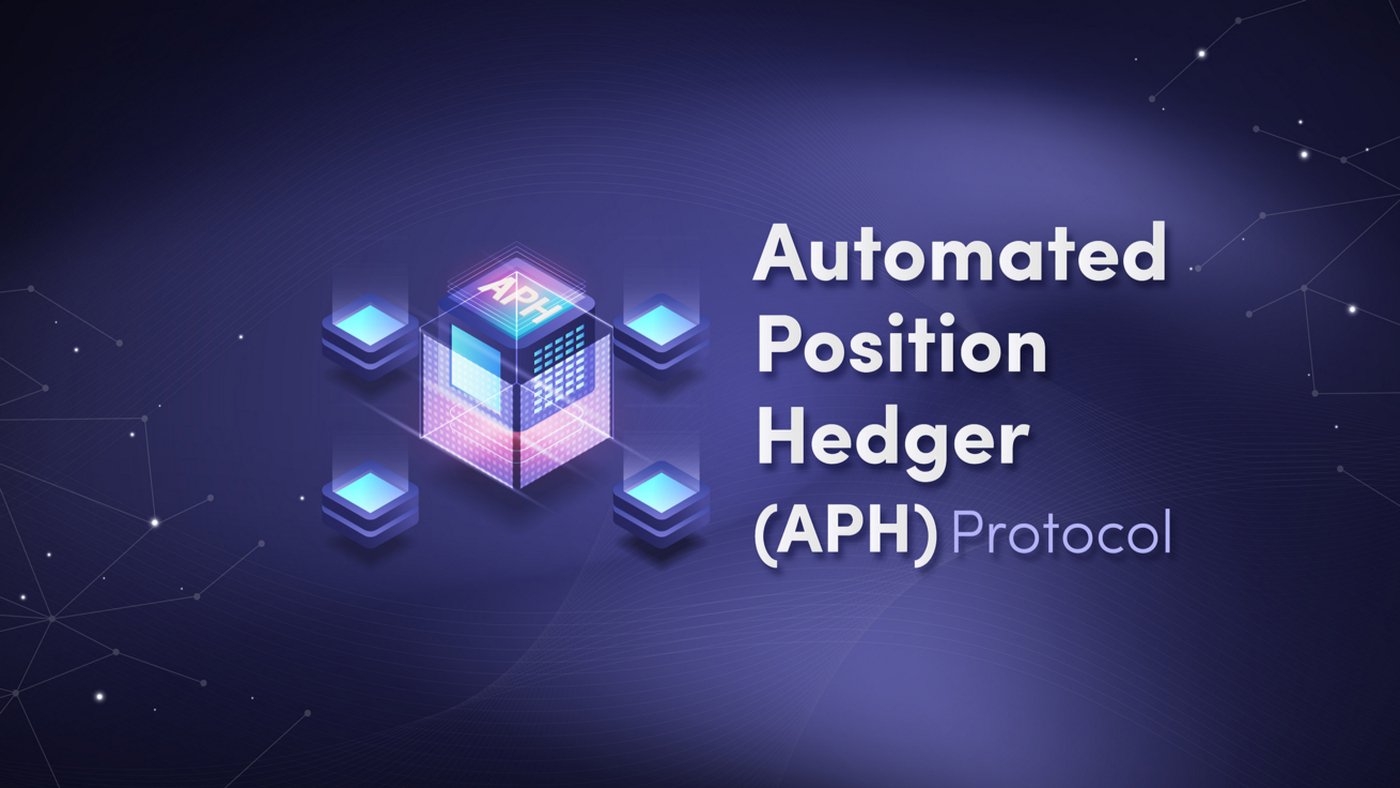Recently, we introduced the Forward platform in a nutshell. This article is going to talk about the protocol behind the Forward platform. We continuously carry out research in order to develop our protocol so as to stabilize growth for lending-borrowing services in the long-term. This protocol is known as an “Automated Position Hedger (APH)”.
What is the problem?
The Forward platform has been developed under the concept “Make protecting your crypto gain and accelerating your crypto wealth simple”. This occurs via two main services: Lending-Borrowing and Derivatives Exchange. It is evident that for lending-borrowing on DeFi, most users come to deposit their assets for the purpose of lending, but few users need to borrow. In this situation, interest paid out to the lenders will decrease significantly because there is little demand to borrow (most DeFi platforms calculate APR in lending-borrowing services from demand and supply, this means that if demand for borrowing money increases, the APR from both lending and borrowing will increase as well).
In a Derivatives Exchange service, our platform does not act as an exchange, rather, it acts as a dealer — in order to match every user’s position. If a user opens a long position, Forward will open a short position to match that order.
The question is, if every user opens a long position and the price goes up — meaning users gain profit from that position and Forward takes all the loss — would the Forward platform crash?
The answer is no, it wouldn’t. This is due to the Automated Position Hedger (APH) Protocol described below.
What is the APH?
The Automated Position Hedger (APH) is a protocol that is used to hedge risk (from derivatives) to Forward. This protocol will automatically activate when a user opens a position in which the platform must borrow assets from its own lending-borrowing pool to match that user’s orders. For instance, if a user opens a long position then the APH protocol will hedge risk by borrowing a stable coin, swapping to an asset and then holding said user’s open position. On the contrary, if a user opens a short position then the APH protocol will hedge risk by borrowing assets from another user’s open position — swapping the assets to a stable coin and then holding said coin.
Let’s illustrate this example.
Suppose that a user opens a long position with BNB:
1)User opens long position in BNB at a price of $300 with a collateral asset.
2) APH protocol borrows 300 USDT from the platform pool.
3) APH swaps USDT to BNB from DEX and holds.
In a positive way:
4) User closes their position at a price of $350.
5) APH protocol swaps 1 BNB from 3. to 350 USDT.
6) APH Returns 300 USDT to the pool and pays 50 USDT to user.
In a negative way:
7) A user closes their position at a price of $250.
8) APH protocol swaps 1 BNB from 3. to 250 USDT.
9) APH takes 50 USDT from said user’s collateral asset and returns to 8) which is therefore equal to 300 USDT and results in a loss.

The work of Automated Position Hedger (APH)
As we can see above, no matter how much assets are fluctuating, there’s no effect on the platform. The APH protocol can protect Forward perfectly even if we work with derivatives. The platform can pay you a reward if you make a profit from your position, all the while it can stabilize the liquidity in each pool. The APH protocol will help the platform to create real demand for borrowing in the lending-borrowing service. Ultimately, the result is that a greater number of users in derivatives means the interest paid to the lender will be higher.
This is all for now about our APH protocol. If you don’t want to miss any important information then don’t forget to follow us via each channel below. See you next in the article!
